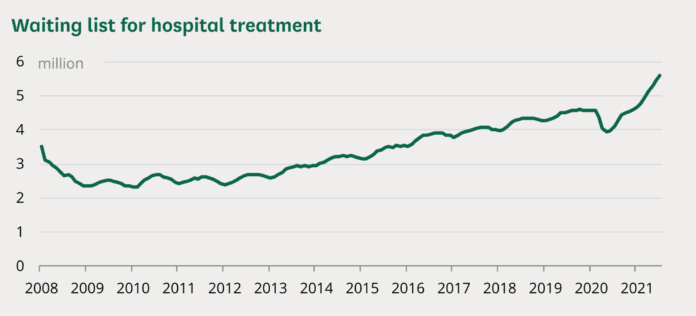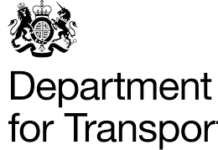| Key findings:
The number of people on a waiting list for hospital treatment rose to a record of 5.6 million in July 2021. The waiting list rose consistently between 2012 and 2019 and has risen more quickly since early 2021. The 18-week target for treatment has not been met since 2016.
The number of people going to A&E is currently above pre-pandemic levels. 4-hour waits in hospital A&E became much more common between 2015 and 2020. While 4-hour waits usually peak in the winter, a new record high of 33.8% was reached in August 2021. The 62-day waiting time standard for cancer (measured from urgent GP referral to treatment) has not been met in recent years. Performance declined between 2013 and 2018. Since the pandemic it has fallen further, with 72.8% of patients waiting under 62 days in July 2021 (target: 85%).
NHS staff numbers have increased during the pandemic. The number of hospital doctors was 10.6% higher in June 2021 than in June 2019, and the number of nurses was 7.5% higher. Meanwhile, bed capacity has fallen and is now 10% lower than a decade ago. |





















